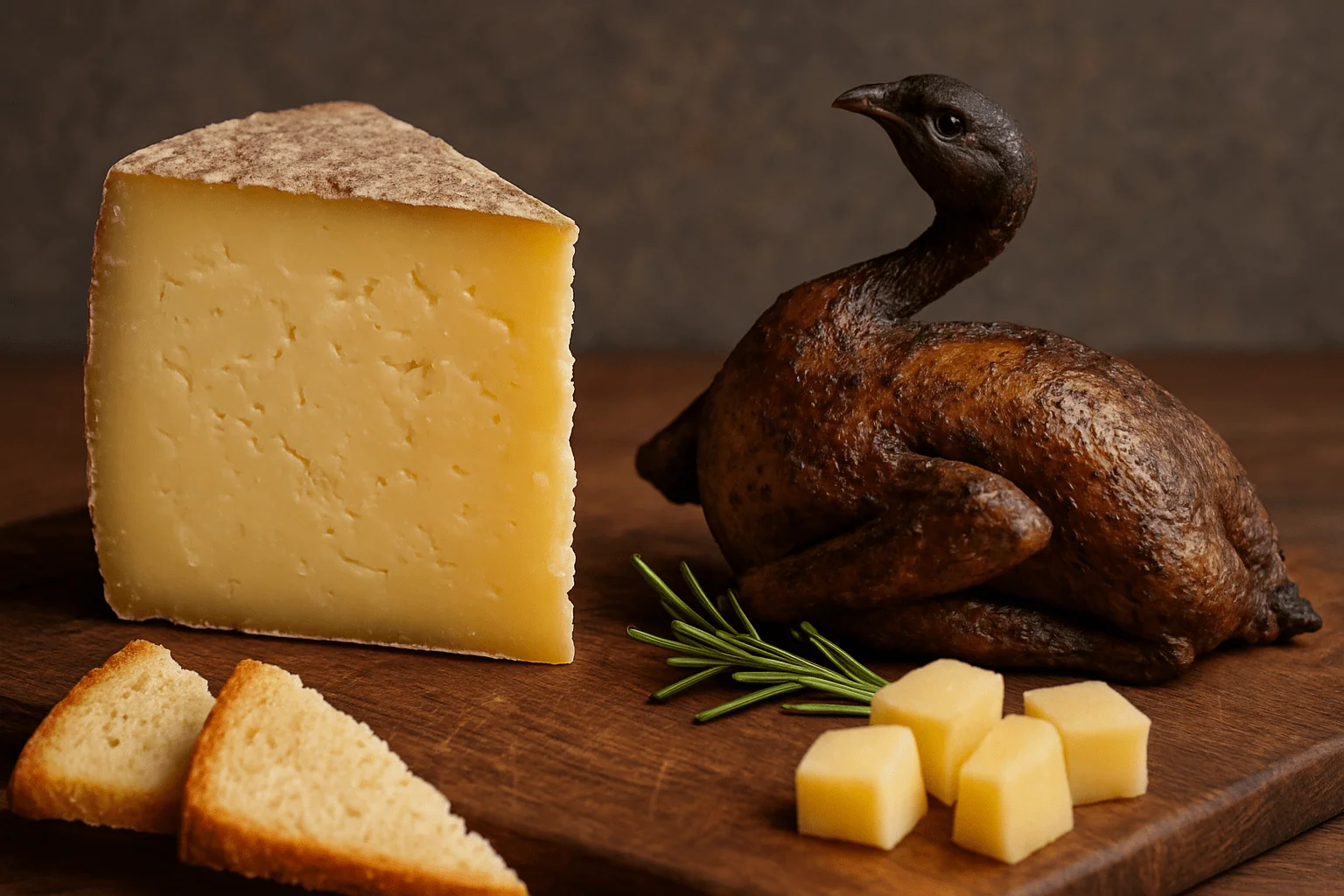Life often takes us through stages that require change, adjustment, and renewal. The term Switching 2nd may sound technical or unusual, but it beautifully captures a universal experience — the process of moving into a new phase, whether it’s in education, career, relationships, or personal growth. Just as shifting gears in a vehicle helps it accelerate smoothly, switching to a “second” phase in life helps us build momentum and move forward with strength and clarity. In this article, we’ll explore what “Switching 2nd” symbolizes, why transitions are essential, how to handle them effectively, and what lessons we can learn from stepping into a new chapter of life.
The Meaning Behind “Switching 2nd”
The phrase “Switching 2nd” can be interpreted in many ways. On the surface, it might refer to a mechanical action — like changing gears to gain speed and stability. But beyond that, it carries a deeper message about transformation and progress. It represents the moment when we decide to move from comfort into challenge, from planning into doing, from hesitation into action.
In personal growth, “Switching 2nd” means taking the next step toward improvement. It’s the shift that happens when someone moves from thinking about change to actually making it happen. It’s about momentum — that steady energy that helps us keep going once we’ve started. Whether you’re advancing in your career, improving your mindset, or moving on from a difficult phase, this “switch” marks the start of renewed purpose.
Understanding this concept helps us embrace change not as a threat, but as a vital part of life’s rhythm.
Recognizing When It’s Time to Switch
One of the hardest parts of growth is knowing when it’s time to move on. Many people stay in their “first gear” for too long — holding on to routines, relationships, or mindsets that no longer serve them. Recognizing when it’s time to switch to the next phase requires awareness and honesty.
The signs can vary. You might feel bored or unfulfilled, sensing that your current situation no longer challenges you. Or perhaps opportunities are passing you by because you’re afraid to take a risk. Sometimes, external circumstances — a job loss, a breakup, a new city — push us into change before we feel ready. But deep down, most of us know when something inside is urging us to move forward.
“Switching 2nd” doesn’t mean rushing or acting recklessly. It means being brave enough to admit that you’ve outgrown your current stage and that the next one, though uncertain, holds the potential for greater growth and fulfillment.
The Emotional Side of Change
Transitions are rarely easy. Every switch, whether personal or professional, comes with a mix of emotions — excitement, anxiety, hope, and sometimes fear. When you’re switching gears in life, it’s normal to feel like you’re losing balance for a moment.
Emotionally, people experience resistance to change because the familiar feels safe. Even when we’re unhappy, we often cling to what we know because it gives us a sense of control. But true progress requires stepping into the unknown. “Switching 2nd” reminds us that the brief discomfort of change is temporary, while the rewards of growth are lasting.
Allow yourself to feel everything during transitions. The nervousness, the uncertainty, even the doubt — these emotions are natural. What matters most is that you keep moving, even when the road feels steep. Over time, that movement becomes confidence, and confidence turns into strength.
Switching 2nd in Education and Career
In many contexts, “Switching 2nd” applies directly to education and career growth. Students often experience it when moving from one grade to another, such as transitioning from first year to second year or switching from school to college. It’s a phase of learning, adapting, and finding new rhythms.
In professional life, it could mean changing jobs, shifting industries, or even starting a new business. Making that switch often comes with uncertainty, but it’s also the key to advancement. Those who dare to change positions or roles tend to grow faster because they gain new experiences, develop fresh perspectives, and expand their networks.
The secret is to view every switch as an opportunity for reinvention. When you switch to your “second” stage, you aren’t leaving your past behind — you’re building upon it. Every lesson you’ve learned in the first stage becomes the foundation for what comes next.
Building Resilience During Transitions
When you’re “switching 2nd,” resilience becomes your most valuable companion. Change often tests your patience and determination. It may challenge your identity and sense of stability. But resilience — the ability to recover and adapt — helps you navigate that uncertainty with strength.
Building resilience starts with mindset. Instead of seeing obstacles as failures, view them as lessons. Each setback is a form of feedback that teaches you how to approach your next move more wisely. Surround yourself with supportive people, focus on your long-term vision, and remind yourself why you started this journey in the first place.
Resilient individuals don’t avoid change — they prepare for it. They understand that growth doesn’t happen in comfort zones, and that every switch, no matter how difficult, brings new possibilities. With resilience, “Switching 2nd” becomes less about fear and more about discovery.
The Role of Perspective and Adaptability
Every transition comes with challenges that test your adaptability. How you view change determines how well you handle it. If you see switching to a new phase as a loss, you’ll resist it. But if you see it as a chance to learn, you’ll adapt faster and perform better.
Adaptability is a skill that grows with practice. Start by being open to different ideas and experiences. Learn to let go of control and trust the process. Sometimes, switching to the next stage doesn’t go as planned — maybe the new job is harder than expected, or the new routine feels uncomfortable. But those moments of difficulty are where adaptability shines.
When you stay flexible and maintain a positive outlook, you make every transition smoother. The key to successful switching is not perfection — it’s the ability to adjust and keep moving forward despite uncertainty.
Practical Steps to Navigate a Transition Smoothly
If you’re in the middle of your own “Switching 2nd” moment, there are practical steps that can make the process easier and more meaningful.
First, take time to reflect on what you truly want. Change should always be guided by purpose, not pressure. Next, set clear, achievable goals for your new phase — whether that’s learning a skill, improving your health, or building confidence.
Create a plan but stay flexible. Life doesn’t always follow a straight path, and sometimes the best opportunities appear unexpectedly. Keep learning throughout the process — read, listen, and observe people who have successfully navigated transitions similar to yours. Finally, celebrate small wins along the way. Each step forward, no matter how small, means you’re growing.
With these actions, you can turn the uncertainty of switching into a structured, empowering journey.
The Beauty of Starting Over
One of the most inspiring aspects of “Switching 2nd” is that it celebrates the beauty of starting over. Many people fear new beginnings because they associate them with failure or loss. But in truth, starting over is one of the most courageous things a person can do.
Every new phase gives you a chance to redefine yourself — to drop old habits, form better ones, and pursue what truly matters. It’s not about erasing the past but about writing a new chapter. The lessons learned from earlier experiences become the wisdom that guides you forward.
The beauty of starting over lies in the possibility it brings. When you switch to your “second gear,” you realize that life isn’t static — it’s a continuous motion of learning, growing, and becoming better than before.
Conclusion
“Switching 2nd” is more than a phrase — it’s a metaphor for progress, courage, and transformation. Whether it’s in your education, career, relationships, or personal journey, every time you switch gears, you’re embracing growth. It’s about moving beyond comfort zones and trusting the process of change.
While transitions may be challenging, they are also rewarding. They shape resilience, teach adaptability, and reveal strength you never knew you had. So the next time life pushes you to switch gears, remember that “Switching 2nd” isn’t just about change — it’s about evolution. Keep your focus steady, your heart open, and your faith strong, because every new beginning carries the promise of something greater ahead.






